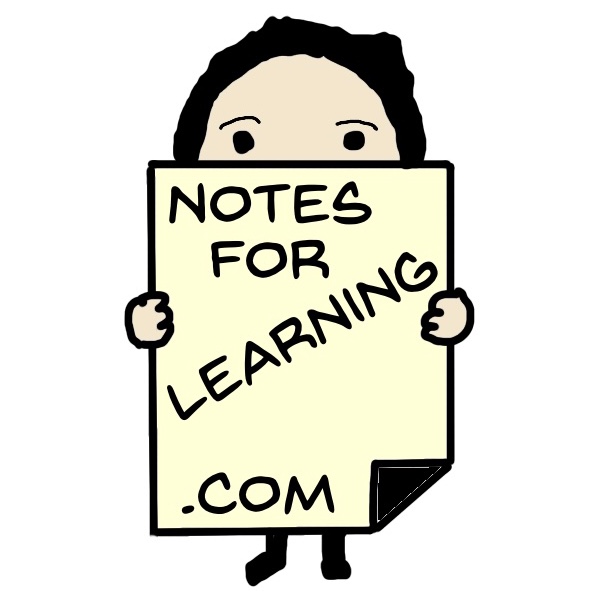
Several years ago I attended a three-day Franklin Covey course, the 7 Habits of Highly Effective People, based on the book of the same title. The book is excellent, and so was the course.
The course included a Franklin Covey planner notebook. The course instructors did not orient us to the planner or show us how to use it effectively. As soon as I returned to the office, I gave it to my colleague.
Four different systems
Some time later I was in a situation where I used four different systems to manage information. …
- Online calendar for work
- Paper-based calendar for personal
- Small notebook for notes
- Self-adhesive notes for tasks
These systems worked well while sitting at my desk because everything was set out in front of me. However, if I was scheduling an appointment for a haircut or a dental cleaning – while at those locations – I couldn’t access my work calendar and just hoped that everything would work out. Likewise, notes for both work and personal meetings were not connected to the calendar. Tasks, as you might imagine with self adhesive notes, were everywhere.
Focus
About this same time I learned about one-day Franklin Covey course titled Focus, based on the book First Things First, also by Stephen R. Covey (along with Roger and Rebecca Merrill).
The morning sessions consisted of the basic concepts of the time management matrix and the planning pyramid.
Time Management Matrix

The key take-away from the time management matrix is that you need to spend most of your time in Quadrant II, doing things that are important but not urgent. This is the basis of the title (First Things First) and the second habit from 7 Habits (Put first things first). Planning occurs in Quadrant II …
Keeping a personal journal is a high-leverage Quadrant II activity that significantly increases self-awareness and enhances all the endowments and the synergy among them.
First Things First, p. 63
Planning Pyramid

Another take-away is the importance of prioritizing your activities. Covey referred to these priorities as “big rocks.” If you put the largest rocks into a jar first, smaller and even smaller rocks will fit easily. The metaphor is that if you fill your day with insignificant or unimportant activities, no time will be left for what really matters.
The afternoon session consisted of walking through the same type of planner that I had received before. Two things were different this time …
- I was in need of a different system than the four-part system I was trying manage. I was motivated to try something different.
- The instructor helped us set up the planners and then covered each component in detail.
The sections of the planner included …
- Calendar (monthly and weekly)
- Tasks
- Contacts
- Notes
Planner options
I happily kept the planner, which consisted of a small multi-ring notebook. I learned that Franklin Covey had additional add-ins for the notebook, and I purchased some of these. Soon, I expanded out of the regular size and upgraded to a jumbo size notebook. Then I added even more add-ins of my own and even bought a hole punch specifically designed for the planner. A “feature” of the loose leaf system is that the pages could be removed and stored elsewhere (Franklin Covey even made a notebook for archiving, but I just wrapped the pages like present), but this archive required storage somewhere.
What started as a solution was turning into a problem. I decided that a bound planner would force me to limit what I could add. I purchased the Franklin Covey wire bound planners, and these worked adequately for several years, but still lacked designated space for notes.

Transition to customized planning
Around this time I purchased a leather bound notebook from Jim Rohn, a motivational speaker. I decided to use it as a planner, but realized I would have to draw my own structures into the notebook: calendars, task lists and spaces for notes.

This was before Ryder Carol introduced his bullet journal concepts, which are now everywhere on Instagram and YouTube. Now, buying a blank notebook and designing your own weekly spreads is not a big deal, but when I started, people found it fascinating that I would take the time to draw in various elements.
Since then, though I’ve used different brands of notebooks, my planning system has remained consistent. In next week’s post I’ll share how it works.


